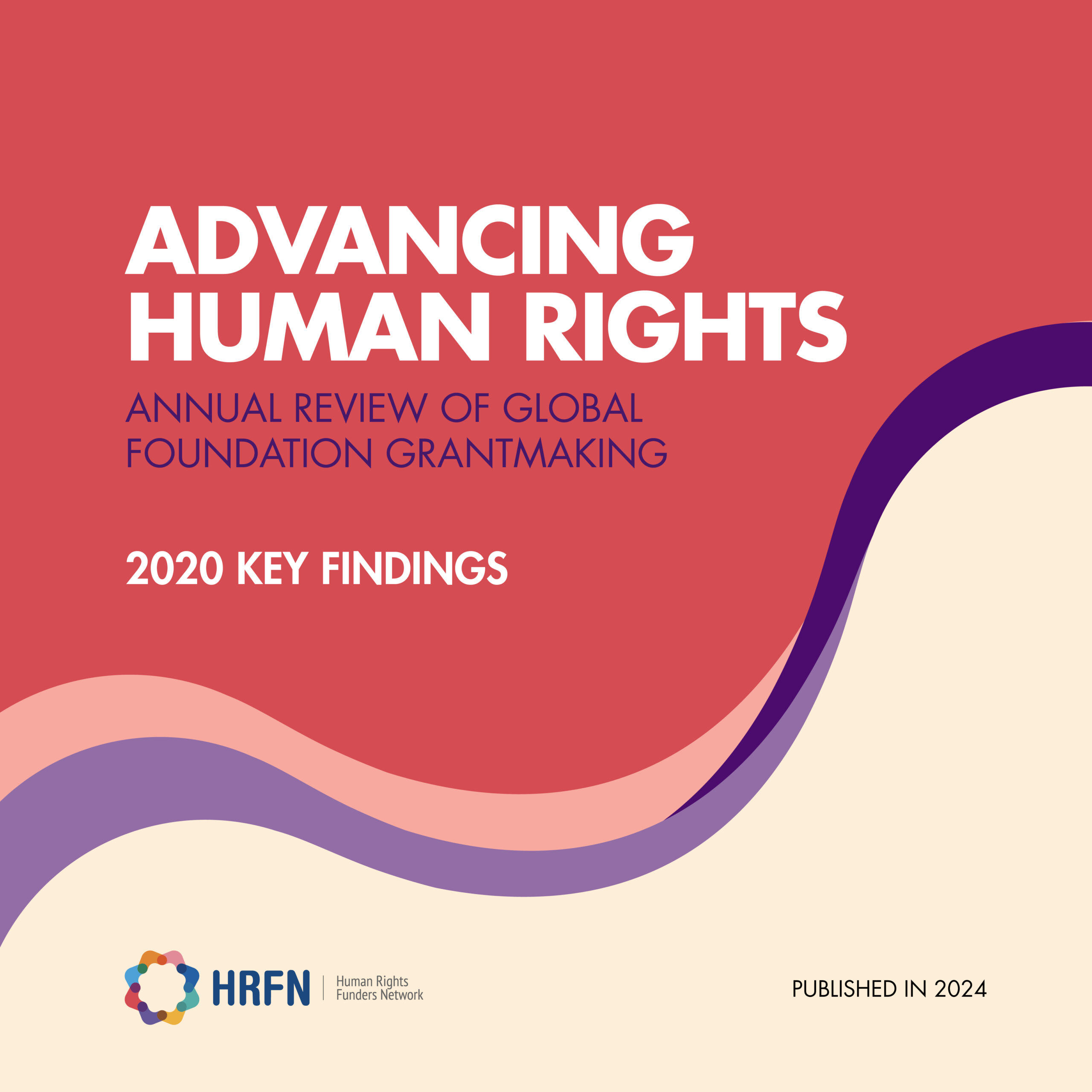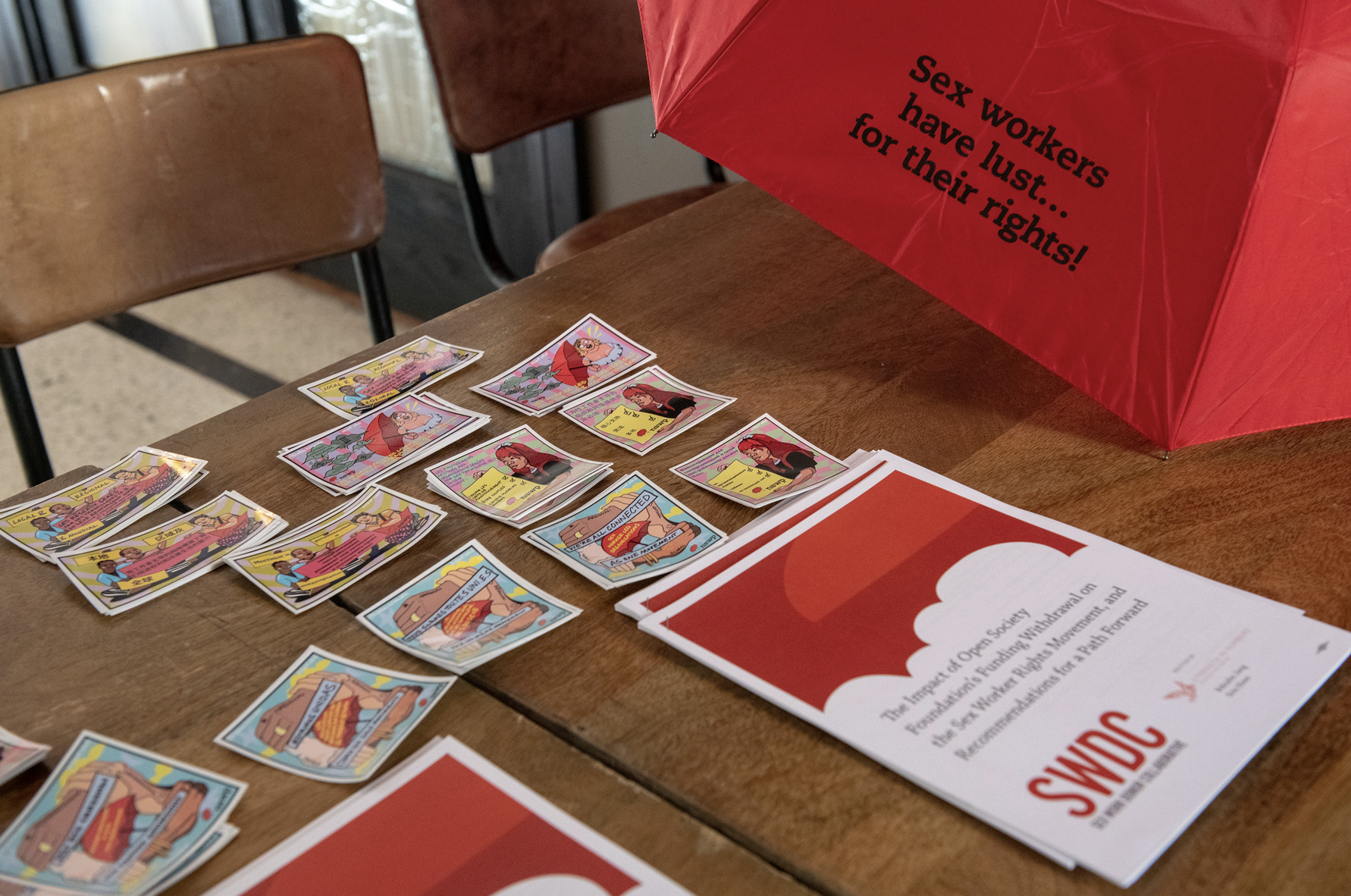Through improved data, for instance, we now know that key populations (i.e., men who have sex with men, people who use drugs, transgender people, and sex workers) represent a major share of the epidemic, largely due to such factors as stigma, discrimination, and punitive laws that continue to marginalize these populations and keep them from the care and treatment they need. With human rights abuses continuing to fuel the epidemic and impacting the health and rights of those most at-risk, targeted funding for a human rights response to HIV is critical.But is that happening?
Sadly, no. Recent research from the Join United Nations Programme on HIV/AIDS (UNAIDS)[1] found that less than one percent of the $18.9 billion spent on the overall HIV response in 2012 supported human rights programming.
Funders Concerned About AIDS (FCAA) has long heralded the unique flexibility of philanthropy to support controversial issues where donor governments may be reluctant to step in, so it wasn’t surprising that the report cited private philanthropy as the most accessible source of funds for HIV-related human rights efforts. Indeed, some 56 percent of civil society organization (CSO) survey respondents reported that they had received a foundation grant for HIV-related human rights work. While many of the surveyed organizations work at the intersection of HIV and human rights, the report also found that donors in these fields continue to work in silos.Importantly, while the UNAIDS report presents the first comprehensive, global analysis of funding for the human rights response to HIV, its methodology highlights a number of challenges. For more than a decade, the annual FCAA resource tracking project has analyzed the scope and nature of private philanthropic funding for global HIV/AIDS efforts. However, for the purposes of the UNAID study, funding for advocacy (totaling approximately $53 million in 2012) was the closest program strategy category available within the FCAA report that could be analyzed to estimate funding for human rights work.
Similarly, we know from Advancing Human Rights: Update on Global Foundation Grantmaking a new report from Foundation Center and the International Human Rights Funders Group, that foundations allocated more than $1.7 billion in 2011 in human rights-related funding, with 8 percent of those grant dollars supporting “health and well-being rights” and 5 percent supporting sexual and reproductive rights. Because there is significant overlap between the list of private donors supporting human rights work and those identified in the UNAIDS report, we can assume that “a percentage of the $1.7 billion in philanthropic support allocated for human rights has reached groups focusing on HIV.”
So What Do We Do?
Many of the funders active in the HIV/AIDs space have been asked to track or map their resources, and we know the hours and detail that goes into those efforts. We also understand that many of the organizations that fund innovative work happening at the intersections of social justice may receive multiple requests from us.
FCAA is proud to be working in close collaboration with IHRFG and Funders for LGBTQ Issues to find new ways to improve and organize our respective resource-tracking efforts across the intersecting fields of human rights, LGBT rights, sexual and reproductive rights, and HIV/AIDS. And we further believe that such an integrated approach needs to be reflected in how we collect and communicate data on philanthropy’s response to these key social justice issues.
Our collaborative long-term effort to do just that started in February 2014 when our organizations met to share methodologies, strategies, and good practices in resource tracking. In the months since, we have been working to develop a collaborative taxonomy that, ideally, will enable us to analyze and communicate emerging trends and opportunities in the philanthropic response to these issues. One of the first exciting steps FCAA has taken down this path was to collect disbursements per target populations. As a result, when our next report is released in December, we will be able to set a benchmark for how private philanthropy is truly impacting the key populations we know to be critical to addressing the HIV/AIDS epidemic.
We realize that data isn’t very “sexy,” and that funders grow tired of being told their participation is vital to the data gathering and analysis process. But, of course, it is.
The launch of Data Watch and the first-ever public website for Advancing Human Rights: The State of Global Foundation Grantmaking have helped to raised the profile of data itself. It’s not just about spreadsheets and nicely designed graphs; it’s about information as advocacy. Reports such as Advancing Human Rights or Global Philanthropic Support to Address HIV/AIDS or Lesbian, Gay, Bisexual, Transgender and Queer Grantmaking by U.S. Foundations provide a much-needed picture of the relationship between need, funders’ goals, and actual funding for these issues. It’s a picture that enriches the conversation – within our own organizations, with other funders, and among our grantees (read more on this from the Levi Strauss Foundation’s Daniel Lee) – and establishes a baseline for those doing this work that makes it easier to hold them accountable for that work while helping to ensure that critical funding reaches the populations and communities most in need.
I would be remiss if I failed to note that these initial steps to better-informed advocacy would not have happened without the participation of funders who are actually doing this work. It is their support and time that has enabled IHRFG and Foundation Center to establishAdvancing Human Rights as the important and dynamic advocacy tool that it is. And it is their information that has opened doors to new collaborations and conversations across multiple funder networks.
For that, all of us owe you a measure of thanks. Please keep sharing and participating.
Sarah Hamilton is program and communications director at Funders Concerned About AIDS, a group of grantmakers dedicated to mobilizing ideas and resources to address the social and economic dimensions of the global HIV/AIDS pandemic.
___________
[1] UNAIDS. Discussion Paper – Sustaining the Human Rights Response to HIV: An Analysis of Donor and Policy Trends. July 2014.
 In August,
In August, 


